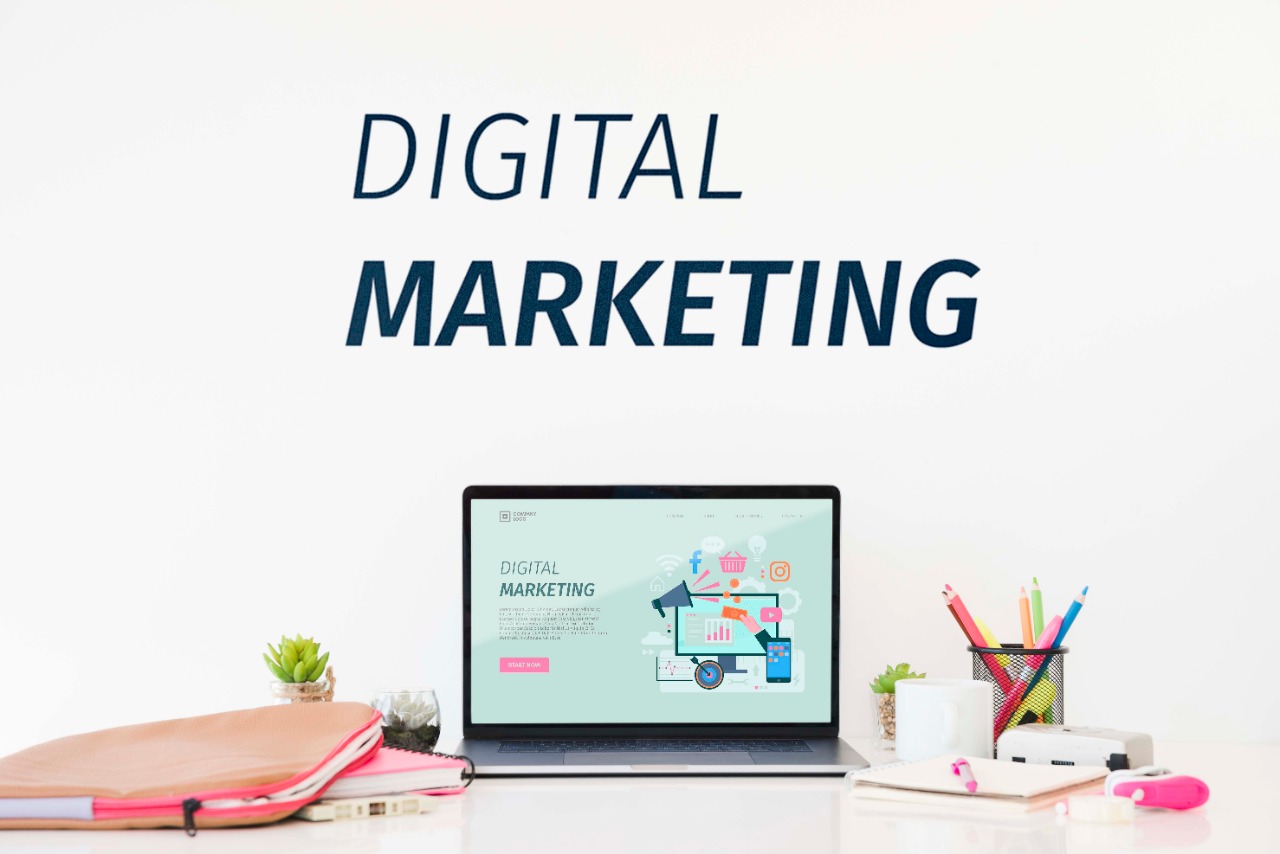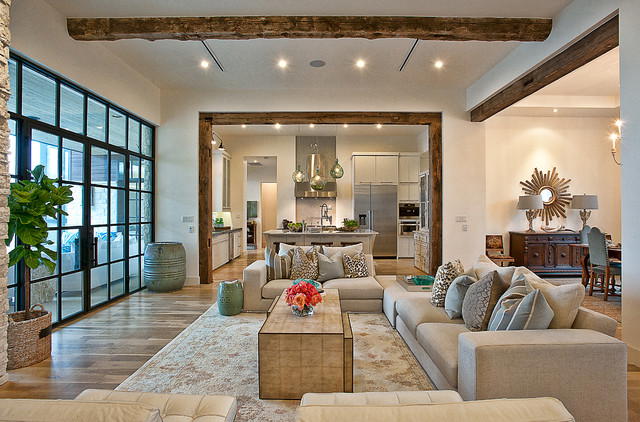The Evolution of the Modern Workplace
Gone are the days of cramped cubicles and sterile office environments. Today’s successful businesses understand that the workplace is more than just a place to work; it’s a vital component of company culture and employee well-being. Modern office spaces are designed to foster collaboration, creativity, and productivity, reflecting a shift towards employee-centric design philosophies. This means prioritizing comfort, flexibility, and amenities that support a healthy work-life balance. The focus is no longer solely on maximizing space efficiency, but on maximizing employee engagement and overall well-being.
Flexibility and Adaptability: The Key to Growth
For growing businesses, adaptability is paramount. A modern office space needs to be flexible enough to accommodate fluctuating team sizes and evolving needs. This might involve modular furniture that can be easily rearranged, open-plan layouts that allow for easy expansion, or the ability to easily incorporate new technologies as your business scales. Consider the potential for future growth when selecting your space – you want a design that can grow with you, rather than one that restricts your expansion.
Collaboration and Communication: The Heart of Modern Design
Modern office design emphasizes collaboration. Open-plan layouts, shared workspaces, and collaborative meeting rooms facilitate communication and teamwork. These spaces often incorporate breakout areas for informal meetings and brainstorming sessions, encouraging spontaneous interaction and the free flow of ideas. The design actively promotes a sense of community and shared purpose within the company, leading to increased productivity and employee satisfaction.
Technology Integration: Seamless Workflow
Technology plays a critical role in the modern workplace. A well-designed office seamlessly integrates technology into the workflow, providing employees with the tools they need to be efficient and productive. This includes reliable high-speed internet access, advanced communication systems, and smart technology that simplifies daily tasks. Consider features like smart lighting, automated climate control, and integrated AV systems to enhance both the functionality and aesthetic appeal of your workspace.
Employee Well-being: Prioritizing Health and Happiness
A modern office prioritizes the well-being of its employees. This extends beyond ergonomic furniture and good lighting. Consider incorporating features that promote physical and mental health, such as comfortable break rooms, quiet zones for focused work, wellness initiatives (onsite gym, yoga classes), and natural light to reduce eye strain and improve mood. A healthy and happy workforce is a productive workforce. Investing in employee well-being is an investment in your company’s success.
Location, Location, Location: Strategic Placement for Success
The location of your office significantly impacts your business. Choosing a location that’s easily accessible for employees and clients, with good public transport links and ample parking, is crucial. Consider the surrounding amenities – nearby restaurants, cafes, and recreational facilities can enhance employee satisfaction and attract top talent. A strategic location can also positively influence your brand image and create a more attractive working environment for potential employees.
Sustainability and Eco-Conscious Design: A Responsible Approach
Increasingly, businesses are adopting sustainable practices in their office design. This involves using eco-friendly materials, implementing energy-efficient technologies (such as smart lighting and HVAC systems), and reducing waste. Choosing a sustainable office space not only benefits the environment but also reflects positively on your company’s image and attracts environmentally conscious employees and clients. It’s a win-win situation for both your business and the planet.
Beyond the Basics: Creating a Unique Brand Identity
Your office space should reflect your company’s unique brand identity. This extends beyond simply choosing colors that match your logo. Consider the overall atmosphere you want to create – is it modern and minimalist, creative and vibrant, or sophisticated and professional? The design elements, from artwork and furniture to lighting and plants, should all contribute to the overall aesthetic and create a space that embodies your company’s values and culture. A well-designed space helps attract and retain employees, and creates a positive impression on clients and visitors. Read more about commercial properties near me for rent.










